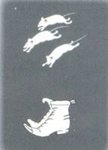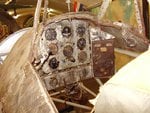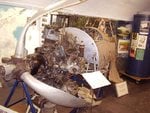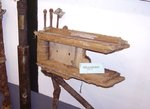This thread is meant to cover the story of the D.XXI, while focussed on the service in The Netherlands. (I will probably bore the hell out of you  I'm mainly using Dutch sources as they are usually not accessible for non-dutch speaking people, like most of you. Sources are (amongst others): "Illusies en incidenten, Dutch Profile: Fokker D.XXI, , Stories of various Dutch pilots, Luchtoorlog Mei 1940, and many others.
I'm mainly using Dutch sources as they are usually not accessible for non-dutch speaking people, like most of you. Sources are (amongst others): "Illusies en incidenten, Dutch Profile: Fokker D.XXI, , Stories of various Dutch pilots, Luchtoorlog Mei 1940, and many others.
If there is any bias (after all I'm Dutch) or inaccuracies, you're of course free to chime in. Info from other users (Denmark and Finland) is welcome if it adds to this story. As I will by quite busy in the coming months, it can sometimes take a while for me to pick up the thread again.
If there is any bias (after all I'm Dutch) or inaccuracies, you're of course free to chime in. Info from other users (Denmark and Finland) is welcome if it adds to this story. As I will by quite busy in the coming months, it can sometimes take a while for me to pick up the thread again.













